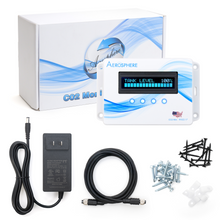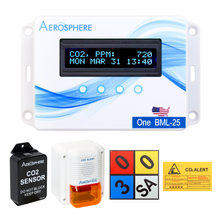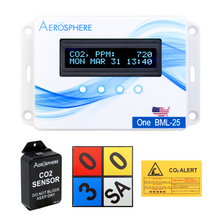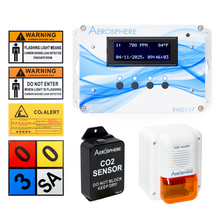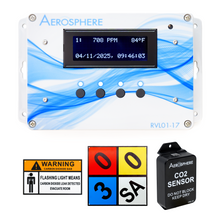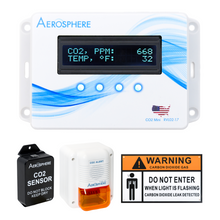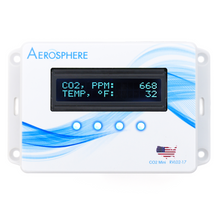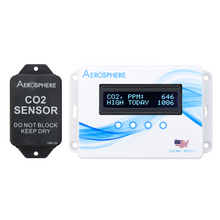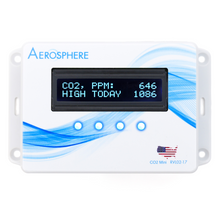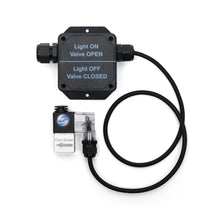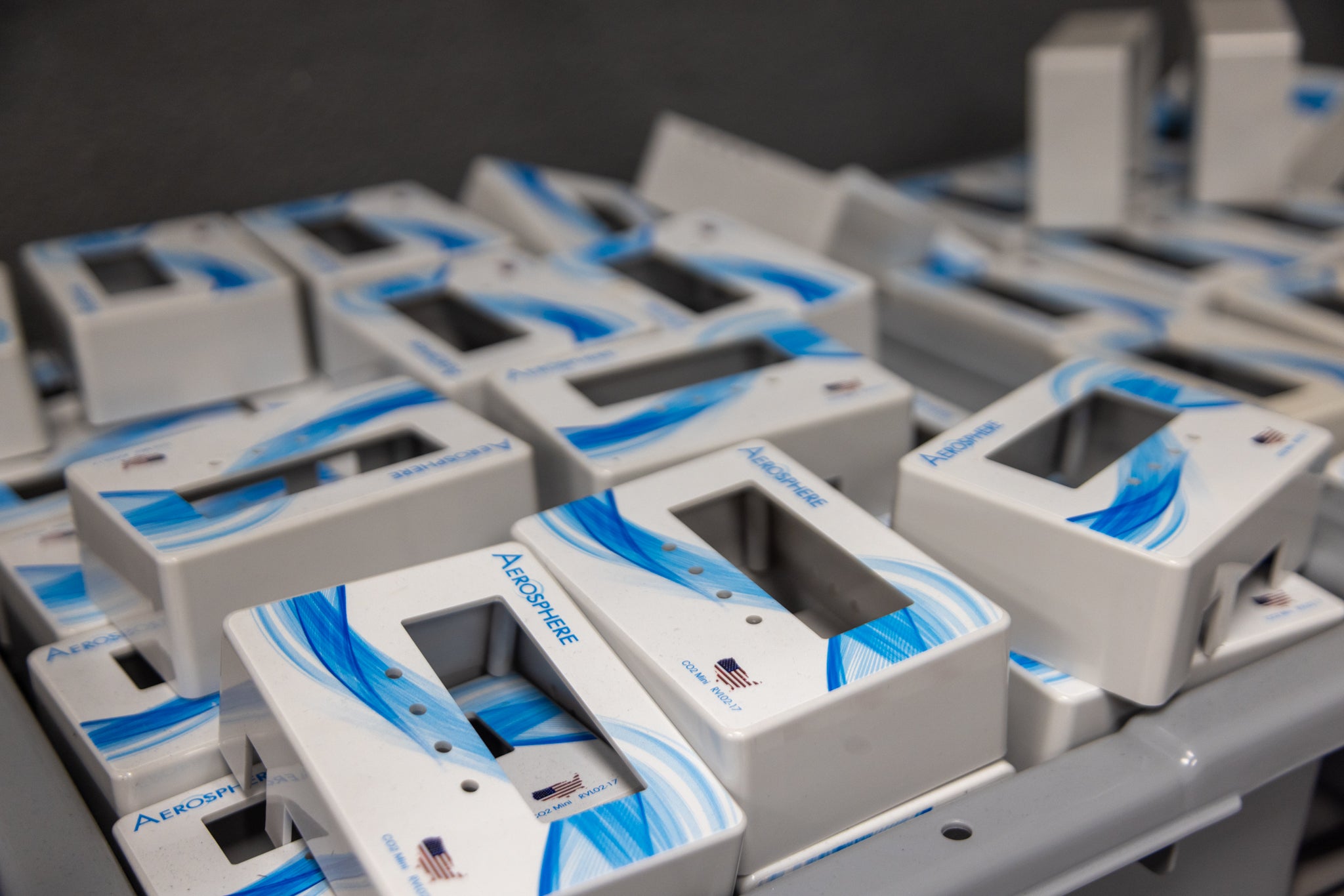Tank Cabinet Requirements by Code: IFC, NFPA, and Local Jurisdictions
Storing CO2 cylinders safely is not just best practice, it is required by code. From the International Fire Code (IFC) to NFPA standards and local AHJ rules, CO2 tank cabinet requirements protect people, equipment, and facilities. This guide explains what each code requires, why local rules matter, and how CO2 Monitoring and Aerosphere helps you stay compliant.

Storing CO2 cylinders safely is not only good practice, but required by code in most jurisdictions. If you’re running a restaurant, convenience store, brewery, grow house, or beverage distribution facility, your CO2 storage must meet standards set by International Fire Code (IFC), NFPA, and your local Authority Having Jurisdiction (AHJ).
In this guide, we’ll break down what each code says about CO2 tank cabinet requirements, why local jurisdictions matter, and how to stay compliant so you avoid costly fines and inspection delays.

Why Tank Cabinets Are Required
CO2 leaks are invisible and can displace oxygen in a room without warning. When tanks are stored outside or near walkways, they are exposed to impact from vehicles, weather, or tampering. A tank cabinet provides physical, tamper, and weather protection.
For most facilities, a properly built cabinet is the simplest way to meet fire department or AHJ expectations. Not having one can lead to failed inspections, shutdowns, or liability issues in the event of an accident.
IFC Requirements fo![]() r CO2 Tank Storage
r CO2 Tank Storage
The International Fire Code (IFC) serves as the baseline code in many U.S. states and cities. It establishes requirements for compressed gas storage, including carbon dioxide used for beverage systems, grow operations, and dry ice production.
Key IFC requirements include:
- Physical protection: Tanks must be shielded from vehicle impact or accidental tipping. A properly engineered cabinet satisfies this requirement
- Signage: IFC requires visible hazard markings, such as NFPA 704 placards, to alert first responders to the presence of CO2
-
Location: IFC specifies clearances from ignition sources, exits, and public areas
Although the IFC is updated every three years, many cities maintain a specific code version for many years. Always verify which edition your local AHJ is currently enforcing.
NFPA: Compressed Gases and Cryogenic Fluids Code
NFPA is another widely referenced standard for gas storage.
NFPA emphasizes:
- Cylinder restraint: Tanks must be secured upright using chains, straps, or structural bracing
- Corrosion prevention: Cabinets should protect tanks from rust or direct water exposure
- Accessibility: Emergency shutoff valves must remain visible and easy to operate.
- Separation distances: NFPA specifies how far cylinders must be from ignition sources or combustible materials
Because NFPA is considered an industry standard, fire departments often reference it during plan reviews and inspections even if it is not explicitly adopted as AHJ's main body of code.
Local Jurisdictions and AHJ Enforcement
Even if you follow IFC and NFPA to the letter, your local Authority Having Jurisdiction (AHJ) may have its own rules (commonly referred to as addendums). Local AHJ’s often enforce stricter requirements than what the IFC or NFPA are requiring:
- Cabinet construction standards: Some jurisdictions specify gauge thickness, vent hole size, locking mechanisms and enhanced vehicular protection.
- Permits and plan reviews: Permit enforcing AHJ’s can require a specific plan and submission and approval requirements before the system is placed into service.
- Annual inspections: Some areas enforce code required yearly recertifications to confirm system performance.
Because requirements vary, it’s critical to coordinate with your local fire prevention office or work with a compliance provider who understands these nuances.

Real-World Example: Restaurant Installations
Consider a restaurant with two 750-pound CO2 tanks supplying a soda system. The fire department may require:
- A steel cabinet with vented sides and a locking front door
- A posted 704 Hazmat Signage specific to Carbon Dioxide
- An emergency shutoff valve located outside the cabinet but within reach
- Minimum 3-foot clearance from the nearest exit door
Failing to meet any of these requirements could delay opening or result in costly rework.
How to Stay Compliant
Here’s a simple step-by-step approach to meeting code requirements:
- Research your jurisdiction: Confirm which edition of IFC and NFPA 55 applies to your facility
- Schedule a site survey: A technician can verify existing equipment, measure clearances, and create updated floor plans
- Select a compliant cabinet: Choose one built for your tank size and with the correct ventilation pattern
- Get a permit: Submit drawings to your AHJ if required
- Schedule installation and inspection: Make sure a trained technician installs the cabinet
Why Work With a Compliance Partner
Interpreting code requirements can be tricky, especially when dealing with multiple jurisdictions. A compliance partner can handle:
- Code research: Verifying local amendments and requirements
- Permitting: Preparing and submitting fire department applications
- Installation: Ensuring cabinet and system placement passes inspection
-
Recertification: Managing annual testing and paperwork so you remain in compliance
- Learn more about our recertification process here
Final Thoughts
Tank cabinet requirements may feel complex, but the right partner can make compliance straightforward. Whether you’re governed by IFC, NFPA, or local fire codes, a properly installed cabinet will protect your equipment, meet code expectations, and keep your business running without interruption.
At Aerosphere®, we handle compliance from start to finish so you don’t have to worry about missing a single requirement. Our team provides permit diagnostics, site surveys, drafting, installation, and inspection coordination to guarantee your CO2 system meets IFC, NFPA, and local jurisdictional codes. We work directly with your fire department and AHJ, prepare all required drawings and permit applications, and ensure your tank cabinet passes inspection the first time. In addition, we offer annual recertifications and system maintenance so your system stays compliant year after year.

